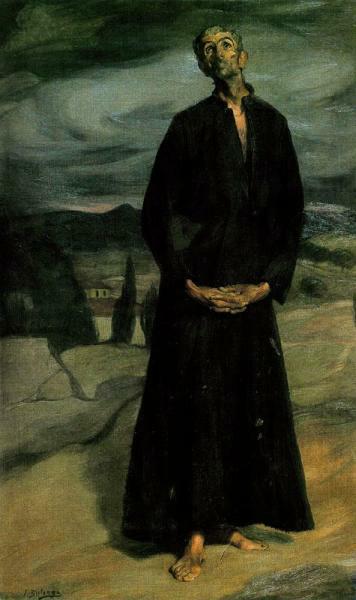An exhibition in Corona, Italy, titled “Into the Silence” by the Italian photographer Carlo Bevilacqua is highlighted by the New York Times.
The NYT article is titled “Hermits of the Third Millennium” and includes a slideshow of 20 photos of hermits (some of whom have been included before in Hermitary’s Features section). About the subjects, article writer James Estrin notes:
Mr. Bevilacqua’s subjects live by themselves, separate from others, by choice. Some have had religious visions and pursue study or prayer. Others are spiritually inclined, but not religious in the classical sense. Then, there are those who just don’t like being among other people in modern society. But all live a life of intentional simplicity and isolation.
Re the photographer:
After spending so much time with hermits, Mr. Bevilacqua believes that greater emphasis on accumulating material wealth, along with the growth of the digital and virtual worlds of video games and social media, has brought mankind further from a quiet pursuit of a simple, reflective life.
He says that this series is like a mirror to the viewer.
“I worked all day long for years to pay for my house, and these people live on nothing, nothing,” he said. “Maybe they are right, and I didn’t really choose. Even if you are not a hermit, you can choose your life.”
URL: http://lens.blogs.nytimes.com/2012/08/01/hermits-of-the-third-millennium/

